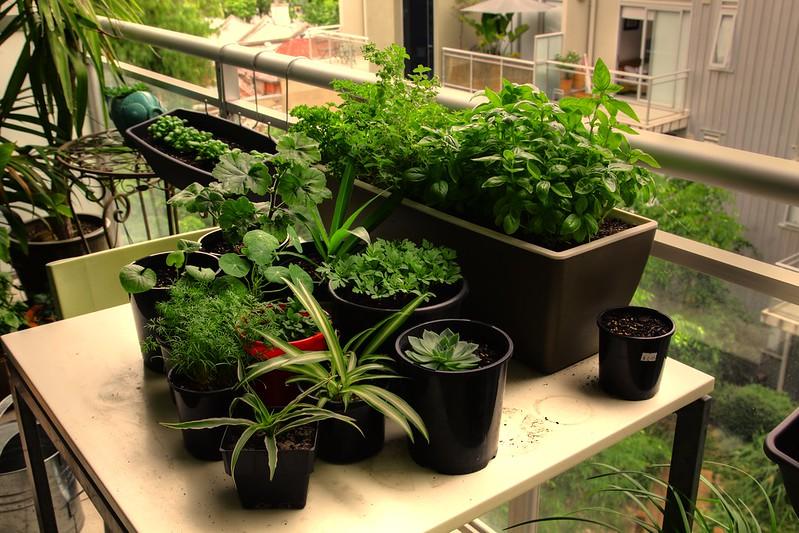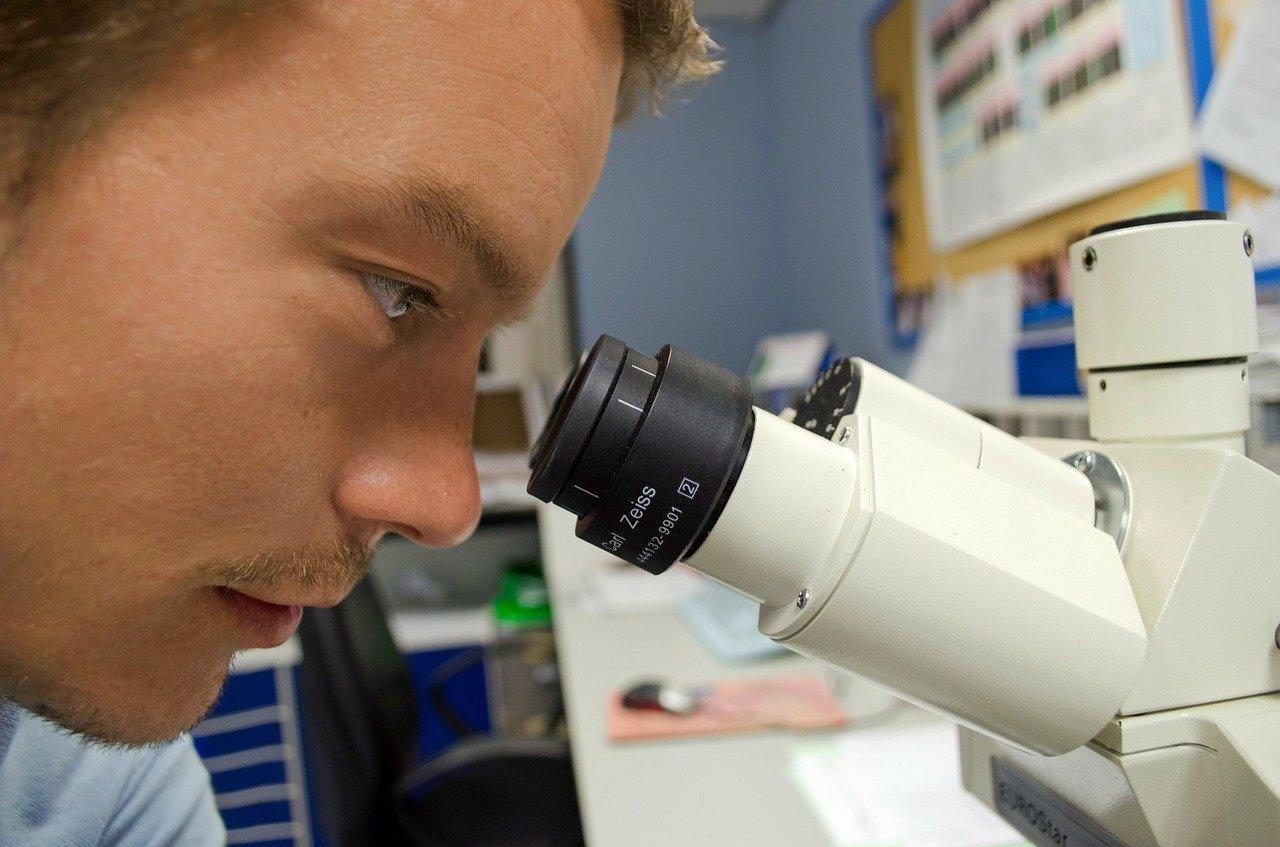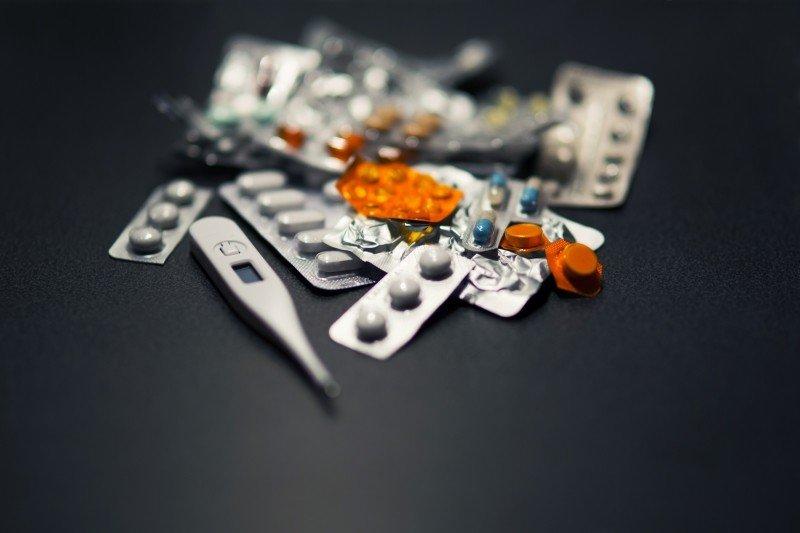In this article, we’ll be having a look at the journey that medicine, as both a product and a profession, has taken through time. Covering everything from prehistoric medicine, medicine in ancient cultures like Mesopotamia, mediaeval medicine, all the way through to the transition of medicine into its modern form. By the end of the article, you should have a good grasp on the general timeline through which medicine has evolved and even a glimpse into what the future might hold.
Before we start, however, let’s have a brief refresher to make sure we’re on the same page…

What do we mean by ‘medicine’?
Medicine, as a term, refers to a few different things within the same context. Most importantly, it refers to the practice and associated skills and proficiencies that are used by medical practitioners to heal and alleviate ongoing problems and threats to the health of living things.
The reason I specify living things is because medicine, although generally only performed by humans, is also applied to plants and animals.
In the same context, medicine also refers to something that can alleviate symptoms of various health conditions or illnesses. This can be anything that helps, even if it's just referring to laughter, which is often referred to as medicine idiomatically because it makes people feel better.
However, it’s more likely that when we say medicine, we are talking about an administered drug/chemical treatment that targets and suppresses or eliminates the symptom or cause of an illness.
This explanation might seem long-winded and complicated, but that’s because before we take a dive into the main topic of this article, it’s important that you have a firm and detailed understanding of what exactly medicine is, so that you can get the most out of the following information.
Without further ado, let’s explore the history of medicine. From how it started out in humanity, to the ways it changed through the eras, and finally looking to the future to see what’s on the horizon in such a dynamic subject.

The first medicine
While the first medicine is often attributed to the beginning of the creation of pharmaceutical drugs in the 19th century, humans have without a doubt been using various natural remedies and holistic medicines since almost as long as we’ve been around.
In fact, while it might be a stretch to call hallucinogens ‘medicines’ it is speculated that human intelligence might have arisen during our evolution when our primate ancestors foraged and ate psilocybin mushrooms.
This controversial theory, which is known as the stoned ape theory/hypothesis while perhaps not the full answer to our evolutionary leap in intelligence, certainly goes to show that human beings and even their genetic ancestors have never shied away from using chemical substances to alter their experience in some way.
It’s also possible to speculate that our experimentation with natural drugs as primitive beings promoted our exploration into herbal medicines and remedies once we made and retained the connection between the consumption of plants and the various effects they can have on the body and mind.
Stepping outside of the prehistoric world for a moment, one might wonder when humans first started keeping records of their healing practices and using this information to prescribe cures to known illnesses.
In ancient Mesopotamia, carved tablets have been discovered documenting the use of such prescriptions, along with an astonishingly detailed level of similarity between the ancient practice of medicine and the modern one.
Archaeologists discovered and deciphered details on how diagnosis, prognosis, and examination was carried out by physicians.

Medicine in the old world: Science or superstition?
It’s clear that our ancestors didn’t get everything right when it came to our understanding of the world around us.
What might seem obvious today, especially when it comes to medicine, is based on a long history of continuous development. Through trial and error and often many fatal mistakes, mankind has found its way getting closer and closer to a perfect understanding of healthcare.
It’s even arguable that we are approaching longevity, with media sensations like billionaire Bryan Johnson managing to reverse their so-called ‘genetic age’ through various therapies and strict regimens.
Unfortunately for patients in previous periods of history, our lack of knowledge about microbiology, germs, and hygiene lead to dubious and often downright superstitious methods being used to treat patients.
Standout examples include the Black Death, a plague which struck Europe, killing a third of its population. The staggering fatality of the plague should speak for itself, but it was not until 1896 that the first effective medicine was produced to treat it.
This reinforces the sentiment that medical practice lacked the guidance of proper science for most of our species' past.
Examples of superstitious treatments

Mediaeval medicine was especially rife with the influence of superstition, even compared to history that predates it, the era is considered a step back from techniques and advancements made by classical and ancient civilisations.
Typical mediaeval ‘medicine’ was based on using selected herbs and natural ingredients to cure illnesses, to varying degrees of success. The herbal remedies, at least, were based on surviving manuscripts from ancient times, but a lot of the nuance and detail was lost, meaning that it was difficult to corroborate information between cases.
Other techniques involved the use of charms and wards to chase away evil spirits, which were often believed to be the cause of conditions for which contemporary science had no explanation for.
It certainly didn’t help that at the time, Christianity’s dominion of Europe meant that illness and disease was considered divine punishment for sinners and that treatments which used contradictory methods to the church’s guidance were deemed heretical and harshly punished.
Bloodletting, forced vomiting and even medicinal cannibalism were practised without second thought. Since many of the cures at the time were completely ineffective and often worsened the health of the victim, it was hard for medical practitioners at the time to recognise any substantial difference in survival rate for their patients.
As far as they were concerned, the patients that survived, did so because of their medical intervention, and those that didn’t were just unlucky, or perhaps deserved their fate since they must have been sinners in the eyes of god.
The Influence of the Scientific Method on Medicine
After the renaissance and the enlightenment, the western world-view gradually progressed towards a more scientific and objective one. This means that evidence based medicine gradually became more accepted as the standard.
By the 18th century, thanks to the preceding period, we had a much better understanding of the human body. We began to understand that even if we didn’t have the cause factors for a lot of ailments, which we would later discover along with germ theory.
That didn’t mean we couldn’t use the results of our experiments and studies to provide more and more accurate treatments for patients.
One of the biggest names in Renaissance contributions to medicine was Leonardo da Vinci, who’s anatomical drawings were among the first and finest produced in the period.
He drew in great detail the skeletal and muscular structure of the human body, while also going as far as to include details such as the sinuses, tendons and ligaments, and many other impressive accuracies.
With anatomy also came the understanding of the relationship between the organs and a better understanding of their role in the human body. As we began to notice these connections, different theories and ideas began to emerge as to how, for example, our body seems to know exactly what to do and communicate with itself.
Eventually this would pave the way for humanities discovery and exploration of microbiology, and later DNA, which would provide us with the secrets we needed to start tackling diseases and conditions that were always considered to be incurable or fatal in the past.
From this rapid development after the secularisation of medicine and the acceptance of the scientific method, it’s clear to see the strong and co-dependent relationship that the two have with one another.
The Future of Medicine: What’s next?

Now that we’ve looked at how medicine has evolved through the past to become what it is today, it’s time we look to the horizon to see what it could be in both the near and distant future.
In the age of information, AI, and miniaturisation among other things, it is technology that is pushing the boundaries of what we previously thought possible in the realm of medical science.
There are endless examples of what modern and future technology could be used to achieve, so we’ll just look at a few ideas that are currently being developed to see what the future could look like in a few years.
Starting with AI, the applications are nigh infinite, but one of the most resourceful applications has to be its usage to sequence genes and decode protein structures faster than was ever possible before.
New remedies like cures and vaccines are currently locked behind laborious processes in the lab, but AI offers a means to carry out the hard work and number crunching that goes into them at a much more efficient pace.
Miniaturisation is also making leaps and bounds, allowing us to shrink down robots to do things like microscopic surgeries or the direct delivery of medicine to relevant areas by travelling through blood vessels. Precision offered by making these tiny machines correlates with an operation's chance of success.
The last thing we’ll touch on is the recent usage of stem cells derived from the cutting edge of research, which allows us to effectively grow new tissue and use it to replace parts of damaged organs.
As our understanding of stem cells progresses, we might well see a future where organ transplant recipients can simply have an identical matching organ grown for them in a lab, rather than having to wait for the generosity of a donor.
Afterword
If you’ve made it this far, the writers here at the Superprof blog would like to thank you and commend you for your valiant pursuit of knowledge. A hungry mind like yours could surely do with some more brain food, right? Well, we’ve got you covered! Make sure you check out some of our other articles about medicine, or maybe even a different topic entirely.
We hope to see you again soon.
















